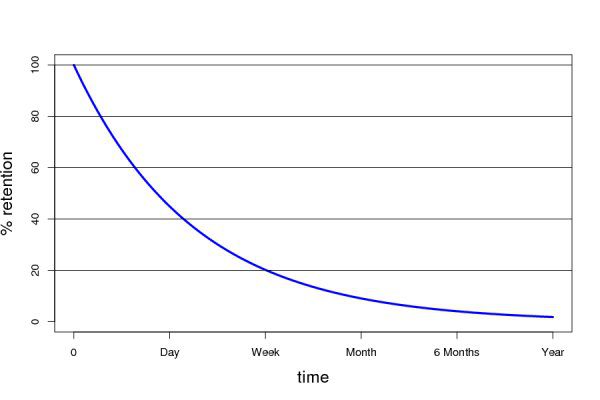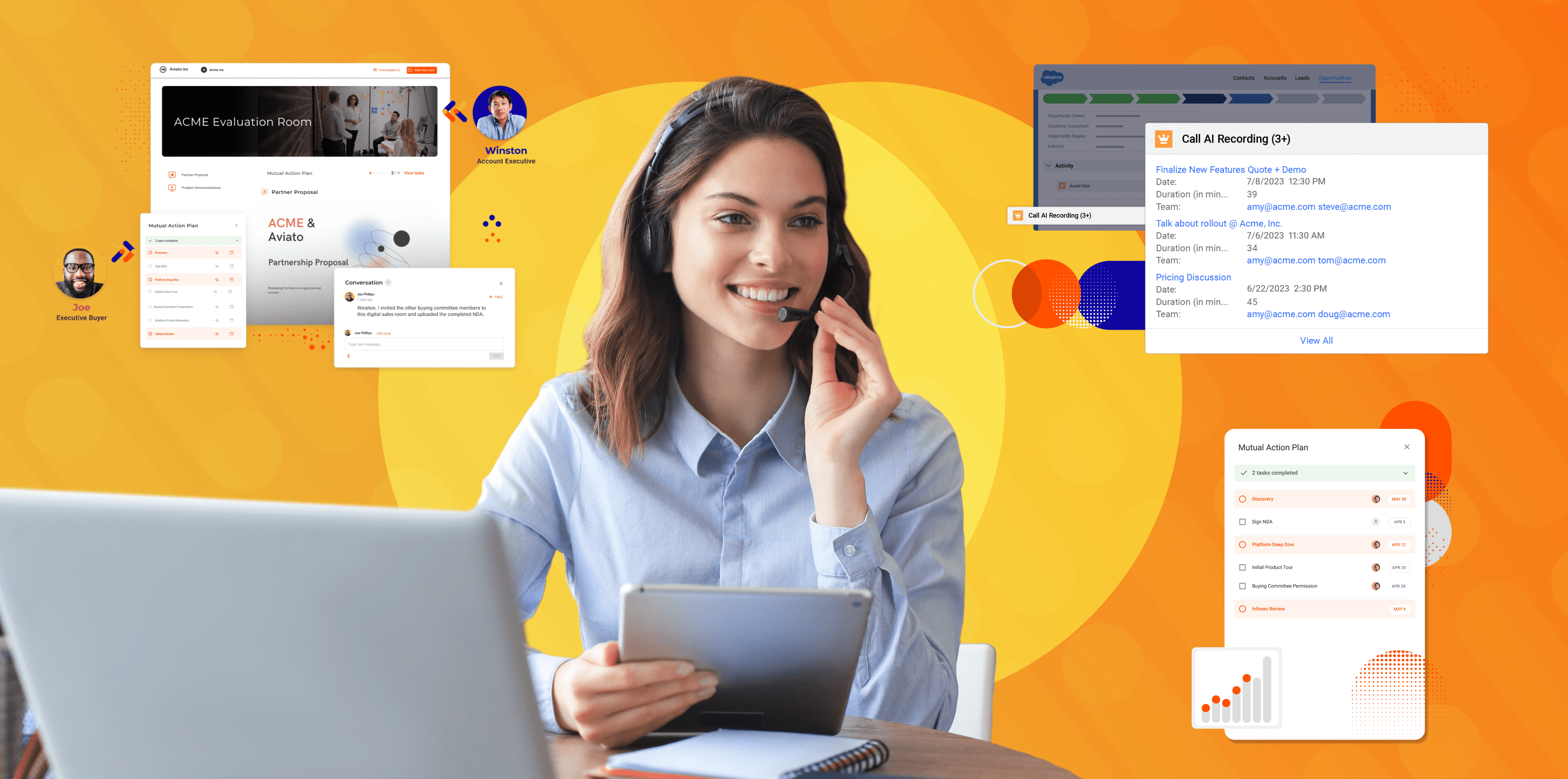Historically sales training has been event-based. The costs can really add up with this style of learning. Fortunately, with today’s sales technologies, you no longer need to invest in old-style educational methods. If your organization is like most, you’re looking for ways to contain spending. Using virtual micro-learning is a great way to do so. In fact, it’s been found to cost at least 50% less to develop than traditional training. That’s some significant savings. So, how is it possible to reduce costs with virtual micro-learning for sales?
What is virtual micro-learning?
Micro-learning involves bite-sized, mobile-friendly, highly focused, individualized training content that can be retrieved from anywhere. That’s what makes it virtual. It includes various content types such as videos, games, quizzes, audio recordings, simulations and more. Research shows that learning in short bursts over time, combined with short quizzes, results in a better long-term recall. That’s why this method of learning is more effective than traditional classroom or event-based training.
Where can you reduce costs?
There are many categories where you can reduce costs with virtual micro-learning for sales. They include:
- Travel
- Facilities and planning
- Materials
- Trainers
- Re-training
- Onboarding
- Productivity
Travel
Traditional classroom or event-based training often requires your sales staff to travel to a central location. Costs such as airfare or mileage plus meals and other travel-related expenses can really add up. The larger your salesforce the higher this expense. Of course, for global enterprises, travel is even more significant. When utilizing virtual micro-learning, you reduce or eliminate the need for these sales training-related travel costs.
Facilities and planning
Sales training often involves locating and renting facilities for educational events. Even single-day events, or those taught in your own facilities, typically include meals and/or snacks for all participants as well. Micro-learning is incorporated into your sales reps’ activities on an ongoing basis. Plus it’s accessible from anywhere and on any device. This means you no longer need to incur facility expenses or a planner to make the arrangements.
Materials
Sales readiness materials are all stored in the cloud. This virtual micro-learning eliminates the need to produce, transport, or ship bulky training manuals and hand-outs. You no longer need to update existing print manuals or bear the costs associated with such a time-consuming process. The content used for micro-learning are considerably shorter than traditional materials and can be created much more quickly. This reduces development costs.
Trainers
Switching to this short-format, easily accessible learning format means that you no longer need to pay a trainer to teach in live classroom-like settings. You won’t have to pay an instructor’s hourly rates. In fact, you’ll be able to use many internal SME’s, and other knowledgeable staff members, to create training materials. You can also repurpose your existing training content.
Re-training
It’s a known fact that learning is forgotten if it’s not reiterated often. Based on research by Hermann Ebbinghaus’ research, more than 40% is forgotten within just a few days. By the end of a months’ time, participants have lost 80-90% of the information taught. This creates the need to re-train on topics periodically when traditional training methods are used. Reps are taken out of the field, yet again, simply to refresh their memory of material already covered. With micro-learning, you never need to conduct retraining or refresher training sessions. Plus, information reinforcement is built into the easily accessible bite-sized training style.

Ebbinghaus Forgetting Curve
(as seen on flashcardlearner.com)
Onboarding
Research indicates that employee retention increases when companies keep them engaged and provide quality training. Virtual micro-learning enables excellent training that accomplishes both of these needs. This, in turn, reduces sales rep turnover, the need for new hires, and the resulting onboarding expenses. Plus, micro-learning accelerates new rep ramp rate because modules are short and easy to digest. This means that they reach full productivity faster, reducing onboarding costs, and increasing their contribution to the bottom line sooner.
Productivity
Although productivity is a soft cost, its financial impact is very real. Traditional training requires your sales force to lose valuable selling time that can never be recovered. Sales dollars are reduced during the time your sales team is at an event. It also takes your reps time to get back into their normal routine once they return from training. Micro-learning doesn’t have this negative impact on sales productivity because it easily fits into your sales reps’ daily schedule.
These savings are just one aspect of the value of using virtual micro-learning to educate your sales force. With pressure to contain costs, this is one way that you can accomplish this goal while getting an edge in the marketplace. Next time we’ll be talking about gaining a competitive advantage with virtual micro-learning. In the meanwhile, you can reduce costs with virtual micro-learning for sales so your organization can start experiencing the benefits now.








